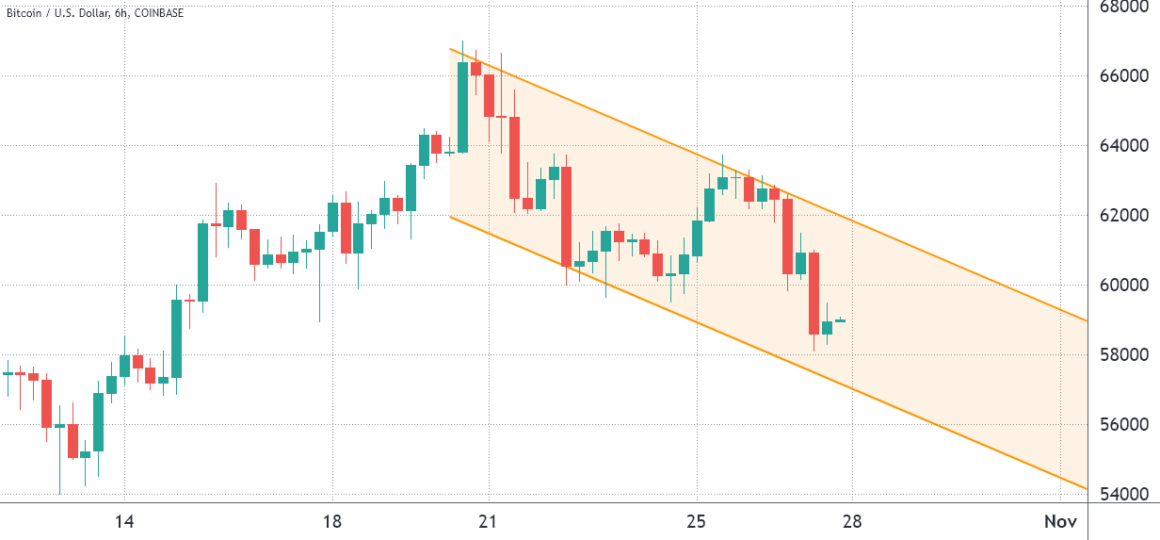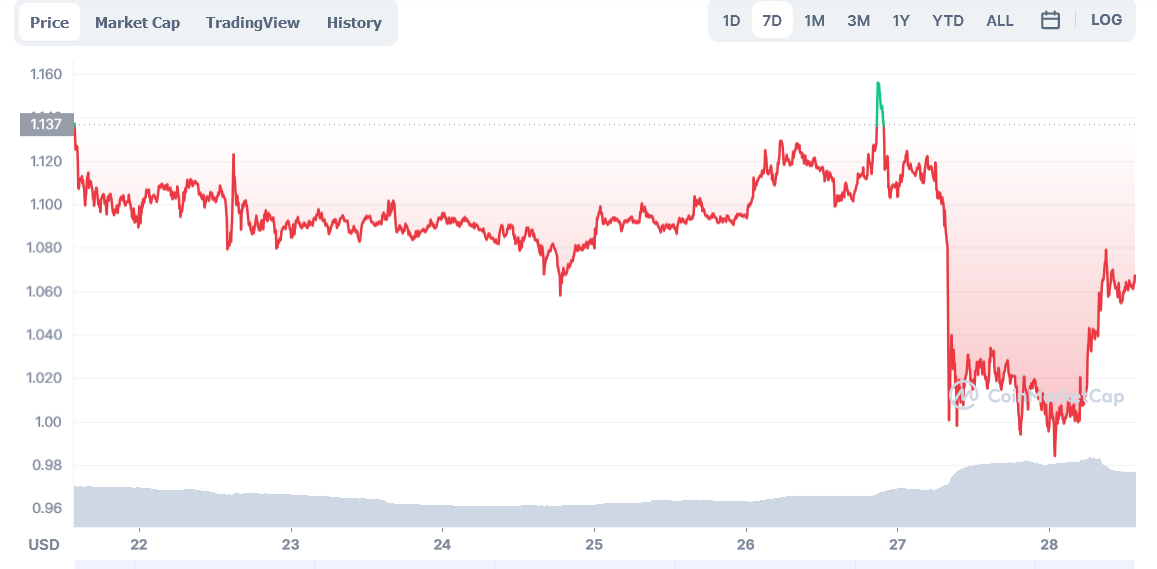Blockchain technology has just performed amazingly in changing people’s views of data, security, and decentralization. But as technology becomes more popular, scalability is becoming a serious matter. Its prime importance begets the relentless requirement of rapid and low-cost processing of an ever-increasing number of transactions.
Whether you’re using blockchain for secure data management, financial transactions, or even placing bets on this website just for fun, speed and efficiency are crucial. Scalability solutions, particularly of Layer 2 and beyond, come into play in this context.
Scalability Problem
Scalability is a quality capability of TPS blockchain network handiness that is achieved through scaling. According to the records, the most commonly known blockchains, including Bitcoin and Ethereum, always seem to be facing challenges in their means of development.
For instance, Bitcoin can process roughly 7 transactions per second while Ethereum can present about 15 TPS, and Visa allows thousands of transactions per second to be processed using blockchain technology. This economic disparity implies that there are bottlenecks in transaction speed and increases in fees, which reduce the user experience.
The very root of the problem with blockchain scalability is its design. Decentralization is not by itself a problem, because it enhances security and transparency. However, every single node in the network has to process every single transaction, which guarantees consensual verification of the transactions processed on the network yet still results in a bottleneck.
Enter Layer 2 Solutions
Layer two scaling solutions have started surfacing, which brings the perfect balance between solving the scalability issue and retaining the security and decentralization associated with a blockchain. In simple terms, Layer 2 is any protocol built on top of an existing blockchain (Layer 1) that actually handles the transactions off-chain. This allows less burden on the main chain and faster transaction handling.
State Channels
State channels define a technique of executing transactions between direct parties off the blockchain. On the actual chain, only the final state of the transaction outcome is published. In this method of execution off the chain, the number of transactions that may end up on the chain is critically reduced, therefore, enhancing scalability.
Sidechains
A sidechain is another blockchain that can run parallel to the main one. It is capable of handling more complex operations and hence has higher throughput.

Specialized rollups can be defined to reduce the load on the main chain.
Rollups
Rollups bunch a lot of transactions together and then push them all to the main chain at once as a single transaction. Optimistic and zk (zero-knowledge) rollups are the two main types of rollups. These offer different benefits, but both are intended to reduce the number of transactions the main chain has to process.
Looking Beyond Layer 2
While Layer 2 is already being implemented with great success, it is not written in stone that the scalability side of things has to stop there.
Layer 3 Protocols
One can think of Layer 3 as an added abstraction layer that focuses on particular uses like interoperability or privacy. In general, Layer 3 solutions endeavor to make blockchain networks more flexible and able to cope with complex transactions while still benefiting from the scaling improvements that arrive through Layer 2.
Sharding
Sharding is a process of dividing a blockchain network into smaller, easily manageable pieces. Then, each shard adds the capability to process its transactions and smart contracts, eventually having the effect of increasing the network’s capacity.

Ethereum 2.0 is said to implement sharding with some upgrades to maintain and increase its scalability.
Alternative Consensus Mechanisms
Classic blockchains, like Bitcoin, run on Proof of Work (PoW) as their consensus mechanism, which is slow and resource-pricey. New consensus mechanisms such as Proof of Stake (PoS), Delegated Proof of Stake (DPoS), and Byzantine Fault Tolerance (BFT) show ways in which the network can come to an efficient agreement concerning blocks, thereby reducing the total network load and increasing scalability.
Market Maestro: With an uncanny ability to predict the ups and downs of the crypto market, Jordan is our go-to for all things investment. Just don’t ask him for lottery numbers; he says it’s a different kind of prediction magic.



